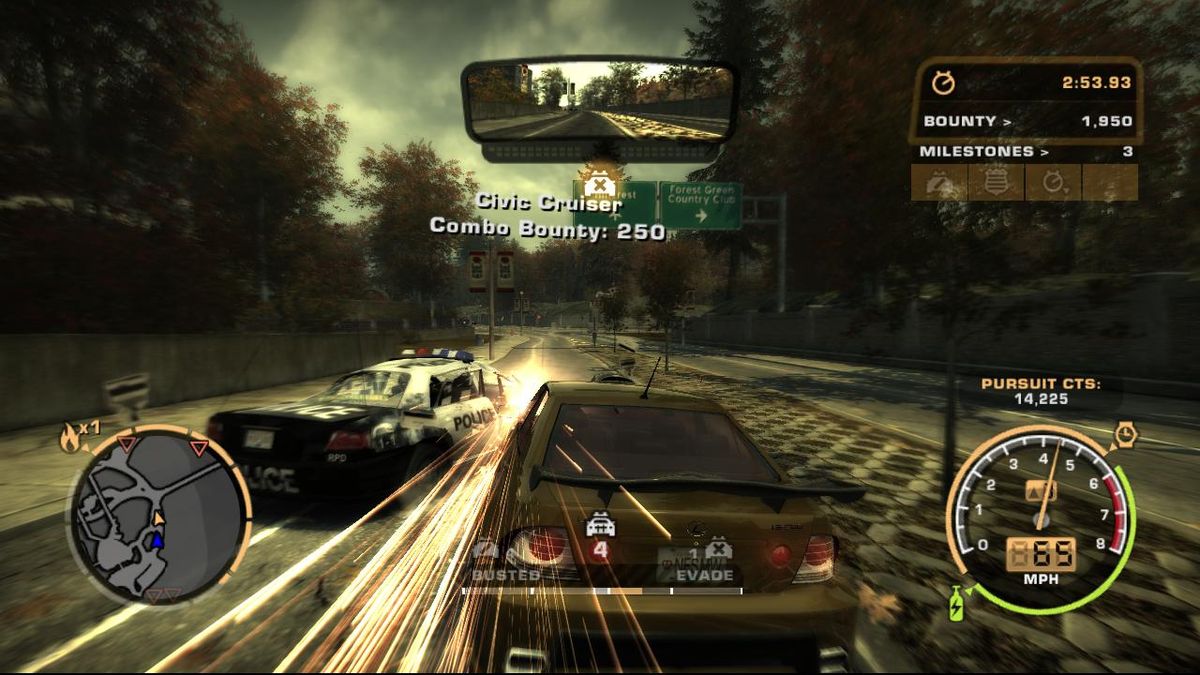


And being realistic, that difference cannot be reduced, with which you have to accept certain compromises. Although rendering efficiency has come a long way in recent years, there is still a considerable difference. Even when compared to the efficient Wii U and its 33W we are talking about a tiny amount of physical power available for a game that was initially designed for much more powerful systems. PlayStation Vita, on the other hand, barely uses five percent of that amount, staying at just 3.5 or 4W while you play. Your PlayStation 3 or your Xbox 360 – assuming you have one of the latest models – consumes between 70 and 80 watts. Much of this article will be about the visual compromises in this release, so it’s important to put Vita’s Most Wanted into perspective. And just as you would expect from the Guilford study, the result is not just a great game, but a real technical achievement as well.

Criterion Games’ goal was very ambitious, incorporating PS Vita into its cross-platform development flow and into one of the most technologically advanced titles of the current generation. In this second installment we will talk about Need for Speed: Most Wanted, one of the most fascinating games for this platform.
#Nfs most wanted review series#
Digital Foundry is studying the biggest releases for PlayStation Vita in a series of articles, talking to developers and offering a new perspective on what it is like to create games for Sony’s brilliant notebook.


 0 kommentar(er)
0 kommentar(er)
